Morganton WWTP Disinfection Alternatives Evaluation
Garver’s evaluation will increase operator safety, operational flexibility, and system resiliency
The City of Morganton’s Catawba River Pollution Control Plant sought alternatives for safer treatment processes, since it had been using gaseous chlorination. Due to the rising cost of chlorine, the City selected Garver to conduct a disinfection alternatives study to evaluate the replacement of the existing treatment system with different technologies. The evaluation provided an overview of implications associated with bulk sodium hypochlorite and bisulfite, UV disinfection, and peracetic acid disinfection processes.
The evaluation documented the storage and feed requirements for the existing disinfection system and evaluate the necessary storage volume of sodium hypochlorite and peracetic acid to meet NCDEQ regulations and required amount of sodium bisulfite to meet total residual chlorine levels. Garver also conceptually sized a 45-degree, open-channel UV system to treat the peak discharge flow and annual average daily flow (AADF) at the CRPCP. Based on the results of the evaluation, Garver made a recommendation for a preferred disinfection process for the facility, based upon life-cycle cost analysis, UV transmittance (UVT) testing, supply chain resilience, operator safety, and operational flexibility.
The disinfection evaluation needed to integrate studies and run them concurrently. As Garver identified gaps, it considered them into their recommendations. This plant was very susceptible to large inflow and infiltration (I&I) events that spike flows. It was also susceptible to high total suspended solids (TSS) in their effluent stream. As TSS events go up, UVT goes down. This means the UV light cannot penetrate; therefore, the plant required a much stronger disinfection system.
After evaluating data, Garver concluded that UV disinfection may not be the best solution for the CRPCP due to how strong it would need to be and expensive energy costs. Conducting UVT testing helped us gain a better understanding of their effluent UVT and the feasibility of UV disinfection compared to other solutions.
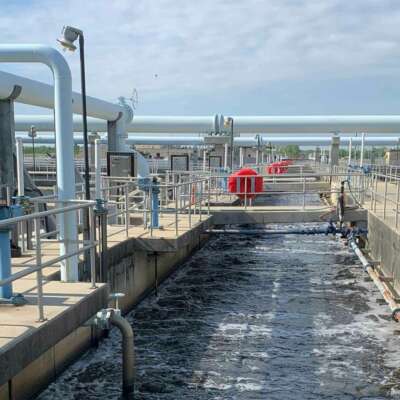

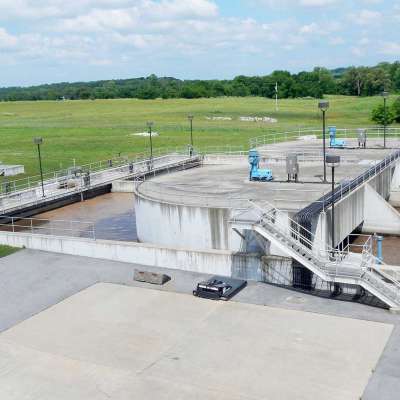
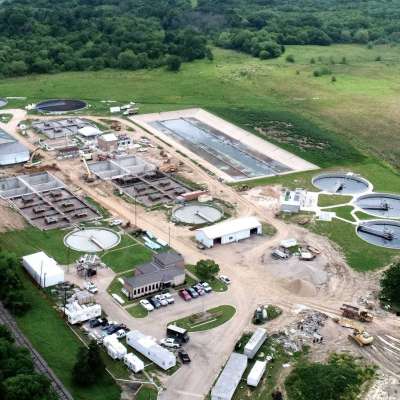

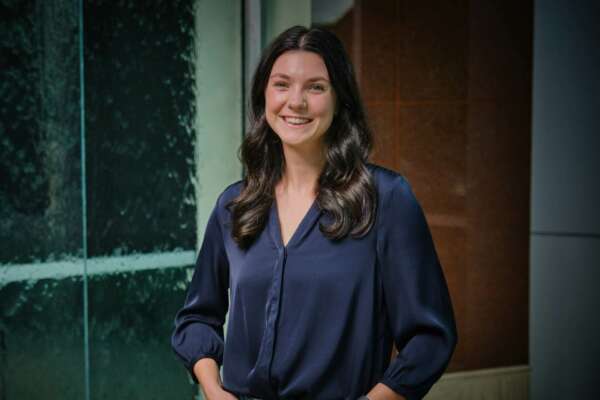

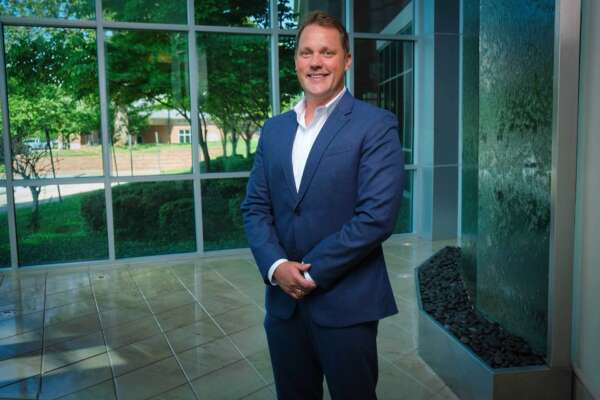
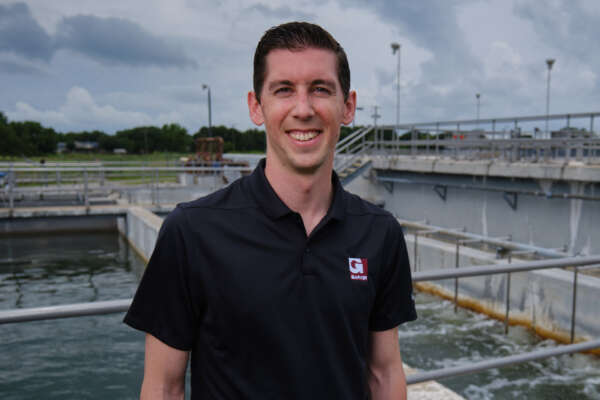
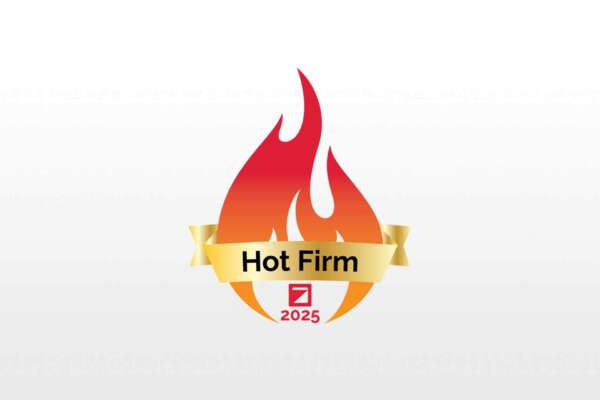
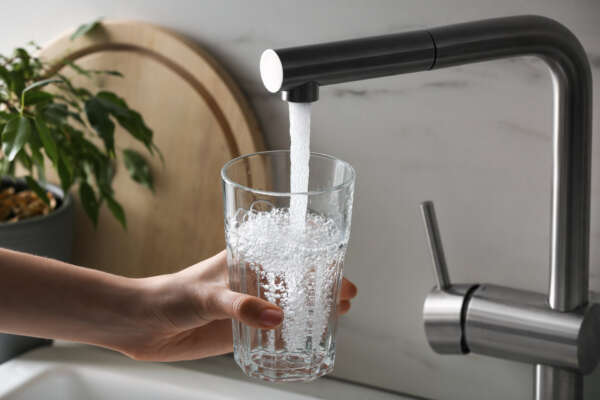
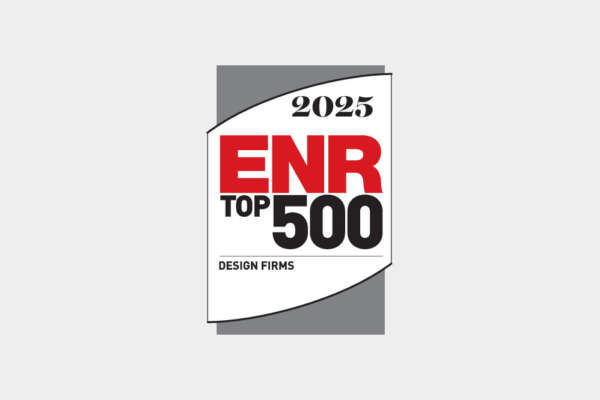

Share this article